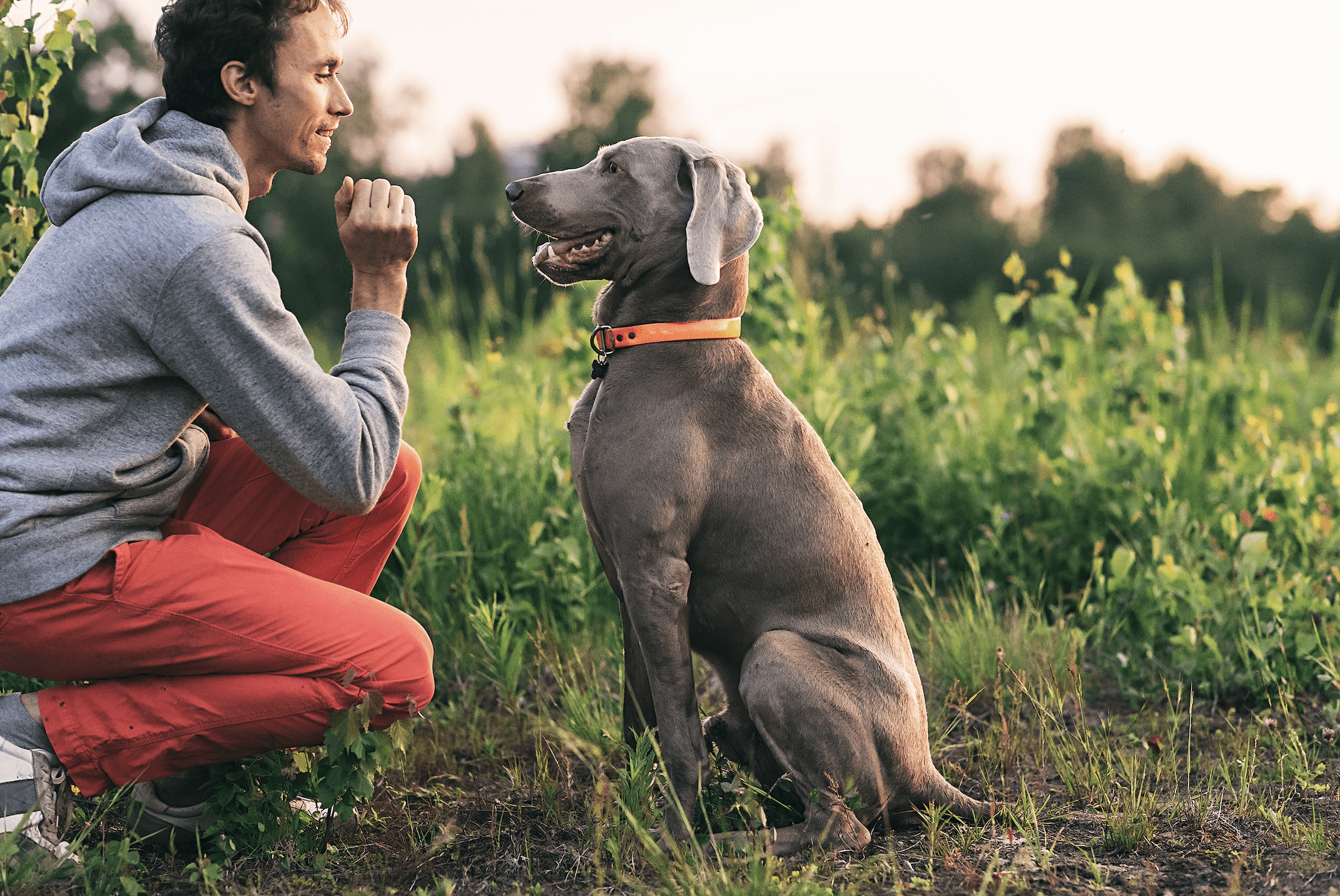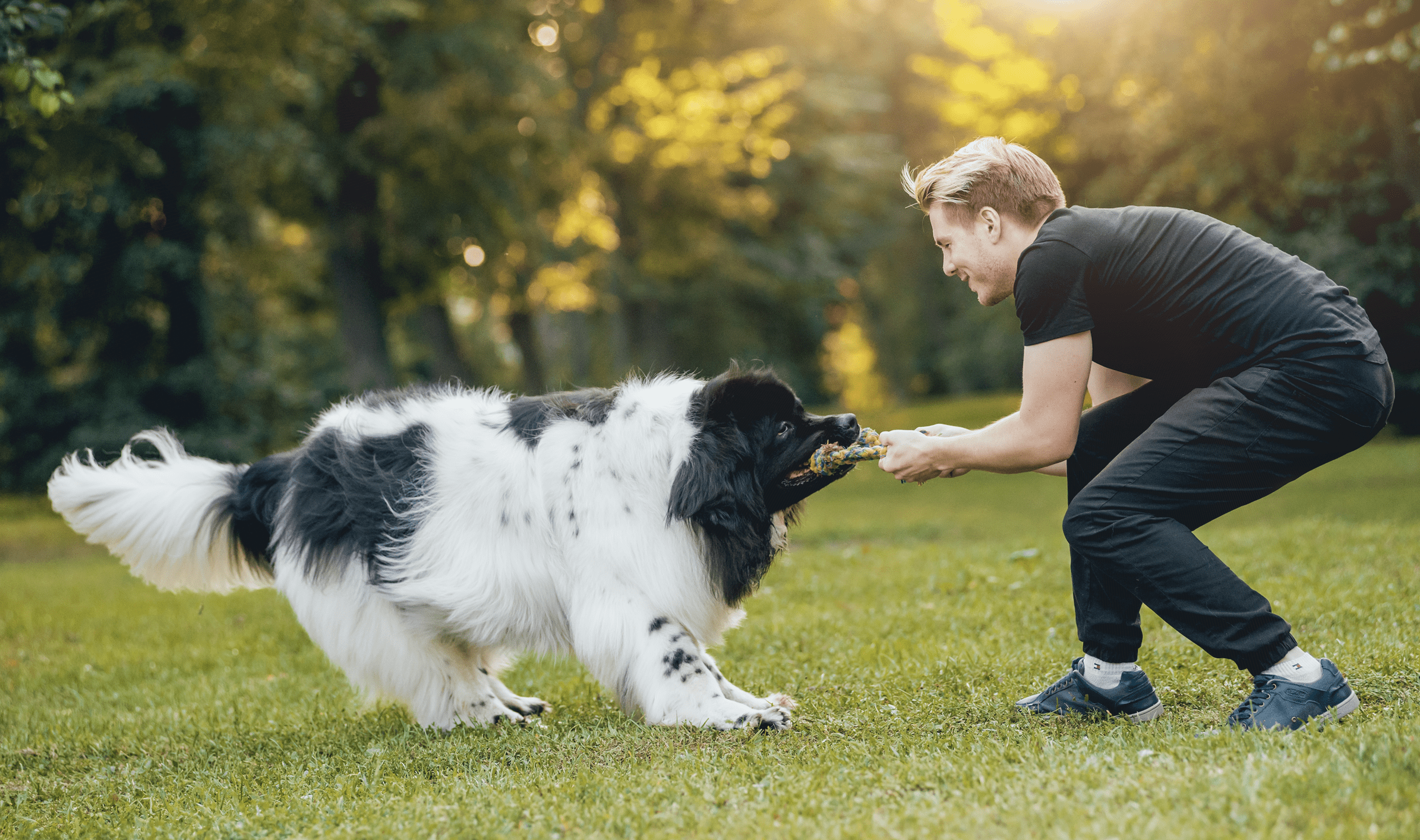Dealing with a big, anxious dog is one of the things that can be more unpleasant than coping with life’s regular stressors. This is especially true if you’re a dog owner.
Anxiety in dogs is pretty common and it can manifest itself in many ways. An anxious dog might bark more than usual, chew on things, urinate or defecate in the house, or have trouble sleeping. They might also avoid going outside or playing with other dogs.
If your pet has these symptoms, don’t panic. You can do many things to help them feel more at ease and regain their confidence. If you’re looking for tips on how to deal with a big and anxious dog, keep reading.
- Use A Harness And A Short Lead In Public
The harness isn’t only an effective way to control your dog but also helps to distribute the force of pulling over a wider body area. The short lead is essential because a long lead can actually increase the risk of injury. If you were to grab hold of a long lead and pull back on it, it would wrap around your hand and could cause harm if you were to fall on it.
If you have an anxious dog, you’ll be able to walk them somewhere once they have been taught how to behave in public places. You need to start by teaching them how to walk nicely on lead without pulling or trying to bolt away from you when you reach busy roads or areas with lots of distractions, such as other people or shops with treats inside them.
There are various types of dog harnesses that go well with short leads, which you can find at neewadogs.com. You can choose from many designs that can go well with your dog. When dealing with a big and anxious dog in public, using a harness and a short lead is essential.
If the dog pulls on the leash tightly, it’ll become uncomfortable and can even hurt their neck. A harness will help keep them under control while still allowing them some freedom of movement.
- Get Familiar With The Signs Of Stress
If you’re dealing with a large, anxious dog, you may be wondering how to help your them feel more comfortable in their surroundings. This can be difficult because the signs of stress in dogs are often subtle and only occasionally easy to spot. If you’re unsure what it is that’s causing your dog stress and anxiety, how do you know how to help?
Dogs’ anxiety is usually rooted in fear. Some dogs get anxious when they’re alone, while others become anxious around other people or animals. There are many reasons why dogs can become anxious, but here are some common signs:
- Panting
- Trembling or shaking
- Pacing, wandering, or not focusing on anything in particular
- Whining or barking excessively, especially if there’s no one around for them to bark at
- Licking their lips constantly or licking their paws which can be a sign of nervousness as well as allergies
- Excessive yawning
- Exercise Your Dog Regularly
You must exercise your dog regularly, especially if they are anxious. Exercise helps to boost the mental health of your pet. It also increases their physical fitness and stamina.
Exercising helps to release endorphins in your dog’s body and this improves their mood. This is especially true if you’re dealing with a big dog that’s anxious or fearful of strangers or other animals.
Exercise will also help to keep your anxious dog fit and healthy. You can use it as a way to bond with your pet while getting them some much-needed exercise at the same time.
- Get Help From A Trainer
If you’re having difficulty handling your big and anxious dog, it’s time to seek professional help. You must find the right trainer for your dog so that they can get help with their issues. Here are some tips for finding the best trainer for your pooch:
- Make sure that the trainer has experience dealing with large dogs. Some trainers just specialize in certain breeds or sizes of dogs, so make sure that they have experience with large breeds before you hire them.
- Do some research into what kind of training methods they use and how effective those methods are when dealing with anxious dogs. Some methods may work better on anxious dogs than others, so be sure to choose the best plan for your specific situation.
- Find out if they have any certifications or special training courses related to working with anxious dogs. If they do have this type of certification then make sure that they’re using it correctly by checking their references and talking to other trainers who have worked with them in the past.
Final Thoughts
If you have a big and anxious dog, it’s important to remember that they’re not trying to be aggressive or threatening. They just want to feel safe and secure, and they’re acting out because they don’t know how else to communicate their anxiety. But you can help them overcome their fears. With the right training and lots of patience on your part, you’ll be able to get your big, anxious dog under control.


